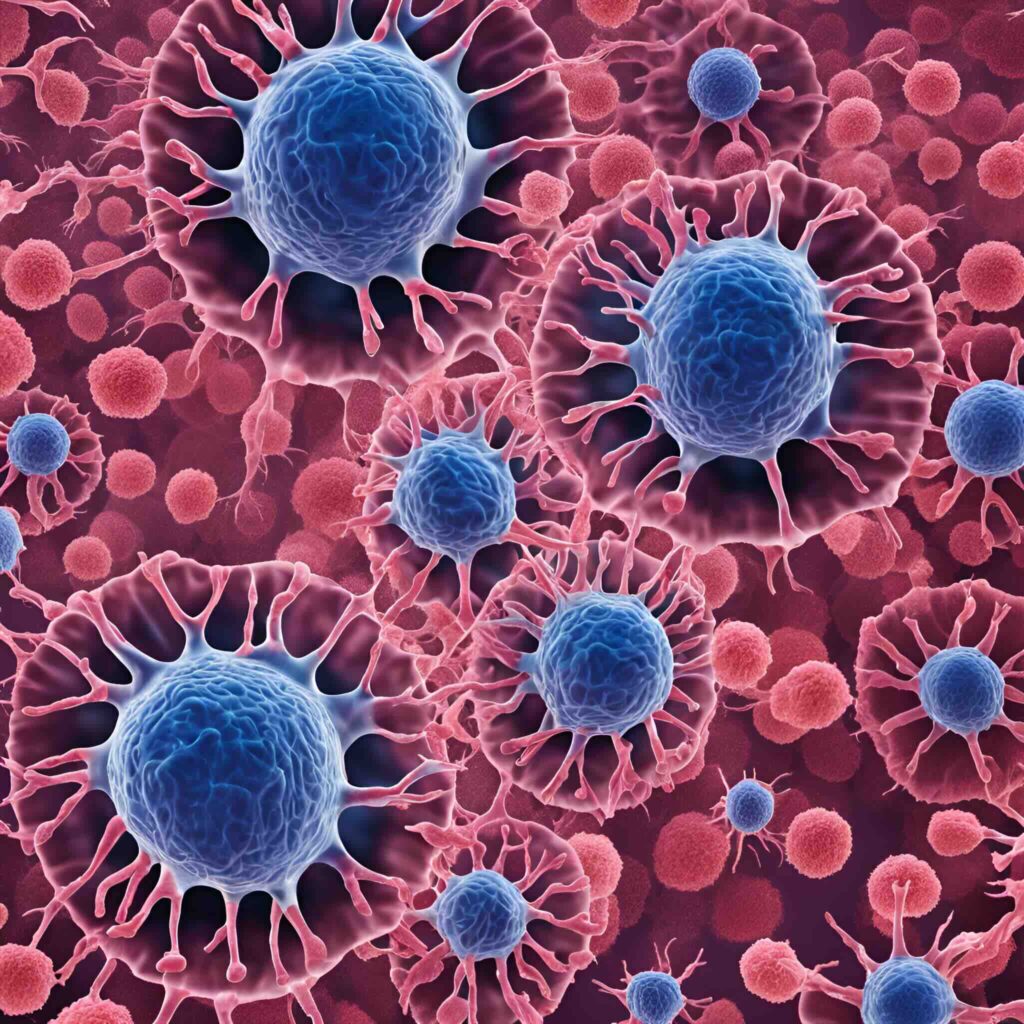In recent years, single-cell technologies have revolutionized hematology research, offering an unprecedented look into the cellular complexity of the blood system. Unlike traditional bulk analyses that average signals from millions of cells, single-cell tools reveal the hidden heterogeneity critical to understanding disease progression, therapy resistance, and hematopoietic development.
One of the major breakthroughs has been the redefinition of hematopoietic differentiation. Single-cell RNA sequencing (scRNA-seq) has demonstrated that hematopoietic stem and progenitor cells (HSPCs) exist in a continuum of lineage priming rather than following a strict hierarchical model. This nuanced view helps researchers detect early disease-related deviations in conditions like myelodysplastic syndromes or clonal hematopoiesis, often before clinical symptoms appear.
In the context of leukemia, single-cell tools have been instrumental in identifying rare subclonal populations that bulk sequencing might miss. These low-frequency clones can resist treatment and drive relapse. Technologies combining single-cell DNA sequencing and transcriptomics enable researchers to track the evolutionary history of leukemic clones, correlate mutations with gene expression patterns, and pinpoint leukemia stem cells—offering targets for more precise therapies.
Beyond malignant cells, single-cell technologies have also shed light on the bone marrow microenvironment. Spatial transcriptomics and single-nucleus RNA-seq have helped map stromal and immune cells within the niche, revealing how they influence hematopoiesis and interact with diseased cells. In disorders like myeloproliferative neoplasms, the microenvironment’s role in sustaining malignancy is now better understood, presenting new avenues for intervention.
These tools are starting to make their way into clinical practice. For example, scRNA-seq is being explored as a method to monitor minimal residual disease in acute myeloid leukemia, offering greater sensitivity than conventional methods. Similarly, profiling T cells in immunotherapy-treated patients provides insight into treatment efficacy and resistance mechanisms.
Despite their promise, single-cell technologies come with challenges. Sample handling, especially with bone marrow, must be optimized to avoid bias. Data analysis is computationally demanding, requiring specialized skills. However, advancements such as multi-omic approaches (e.g., CITE-seq, combining RNA and protein data) and spatial methods are addressing these limitations and expanding the scope of what’s possible.
In summary, single-cell technologies have transformed hematology by enabling researchers to dissect cellular diversity, trace disease evolution, and explore therapeutic vulnerabilities at an unprecedented resolution. As these approaches become more integrated into both research and clinical workflows, they are poised to unlock new dimensions of understanding—and ultimately, patient care—in blood disorders.
